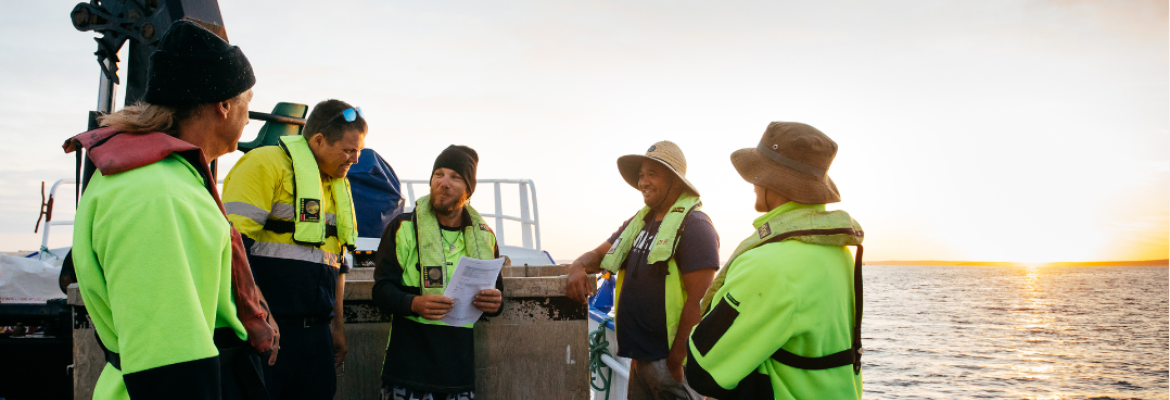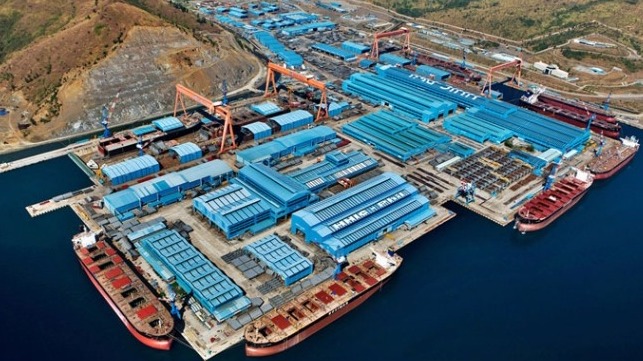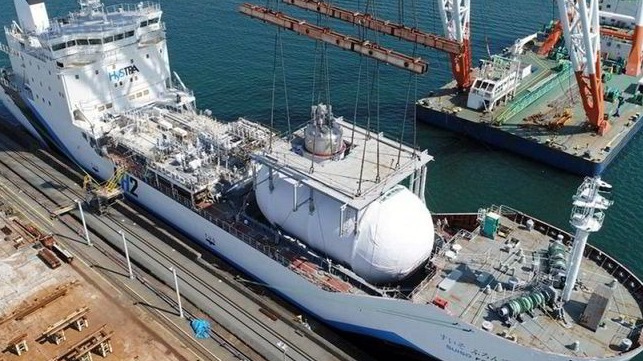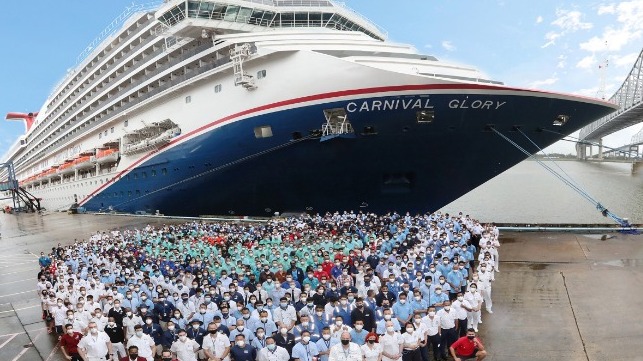Navigation specialist NAVTOR has opened a new office in Gdansk, Poland, dedicated to accelerating development of cloud-based and AI solutions for customers seeking an increasingly integrated approach to optimising performance and e-Navigation.
NAVTOR CEO Tor Svanes sees the move as a continuation of the firm’s evolution, as it creates a far-reaching product portfolio built on the foundations of its e-Navigation and smart shipping expertise. “It’s always been our vision to take the enhanced efficiency, safety, transparency and control we bring to clients through our e-Navigation innovations and translate that into a broader, integrated smart shipping solution,” Svanes commented.
“Earlier this year, when we launched fleet management application NavFleet and acquired Houston’s Tres Solutions, we announced our arrival into the performance optimisation arena. This is an area where we see huge potential – for both ourselves and our clients – utilising our unique digital ecosystem, which seamlessly connects ships, shore and entire organisations, to unlock the power of data and drive better business decision making. The move into Poland should be seen in that context: creating a world class development team to deliver world class, integrated and truly transformative solutions.”
NAVTOR has recruited experienced maritime software engineer Jacek Maszota to lead the office as Country Manager. “NAVTOR’s ambition was clear from our first meeting,” Maszota said. “The firm is already number one in e-Navigation and has its sights firmly set on emulating that success in performance optimisation – connecting the digital dots to give clients a full picture understanding of maritime operations and business. Personally, I saw that as a unique opportunity and am greatly looking forward to building a team to help realise that potential.”
The Polish team will focus on the development and implementation of cloud solutions (based on the Microsoft Azure service) and AI-enhanced monitoring and decision support tools.














